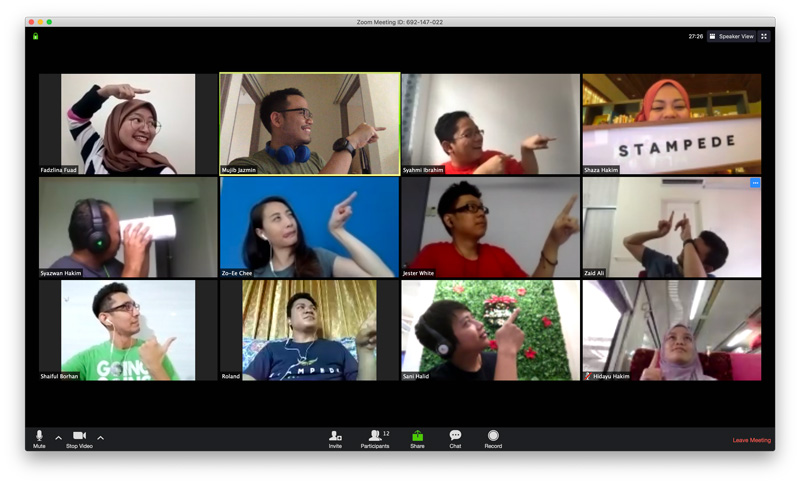David from 37Signals wrote this a while back:
Everything we do to manage a business consisting mainly of remote employees is something anyone else could do too. There’s so much untapped tech talent that does not live near your office, but would work for you if you allowed them to.
I wouldn’t say there are no disadvantages with assembling a remote team. It’s true that you have to be more careful with the hiring process. Employees need to feel comfortable enough to commit to an employer they probably have never even met, and employers need to invest some trust that the person hired can actually deliver work with minimal supervision.

The Challenges
Having been on both sides of the extremes, here’s the truth. It doesn’t work all the time. Or rather, it will only work with specific people with the right level of job ownership. A few remote employees we hired before keep having difficulty establishing priorities.
Working remotely requires a level of discipline that is easily lost – you can easily cheat because no one is looking. The truth is, the responsibility does not diminish whether you work in an office or at home. The workload and performance expectations are the same. Working remotely simply offers flexibility of managing your time, not cheating it.
The Fine-Tunings
As an employer, it is unfortunately easy to undervalue the human connection especially when you are missing the visual cues. I do believe body language is important and there is no real substitute to it. If you can afford it, organize a short weekend get-together every so often or assign a team leader to check the team temperature. Support and motivation is crucial to any employees, even more so with your remote team.
Having the right company culture definitely helps – spend a day with us and you will find that our team is a lot closer than the average work colleague sharing the same physical space.
Stampede is unique in the sense that the work we do requires minute level of orchestration. Our team is from all over Malaysia. We have clients from many parts of the world, across many different timezones. We run 15-20 concurrent projects at any given time. While EST work hours is not imposed, we tend to gravitate towards it because the lack of distraction allows us to focus and get real work done. We do big deal stuff but have precious little time to write about them.
We use Basecamp and recently, Asana, to manage our projects and communicate tasks. We do design and development concurrently as if we’re all in the same room. We have weekly meetings, team huddle and client conferences over Skype. We even have Sharing Saturdays for anyone who wants to learn something new from another team member. We handle discovery sessions and revision rounds through screensharing apps. We also have flexible working hours so we make sure daily status gets updated through G+ Messenger.
These tools allow us to connect with the really talented people in our team, but without being open to remote-hiring in the beginning, we would have never been able to assemble such great talents and wonderful people to work with.
Noah Stokes from Thirty-Five sums it well:
Hiring employee(s) is incredibly difficult. Oh, hi person whose entire livelihood is in my hands. Nice to meet you.
Reading List
Boom time for remote, online work in Asia by Jamie Yap
Working Remotely – Dale Harvey
The Challenges of Working Remotely – Sam Brown
Walking the Line When You Work From Home -Natalie Jost
